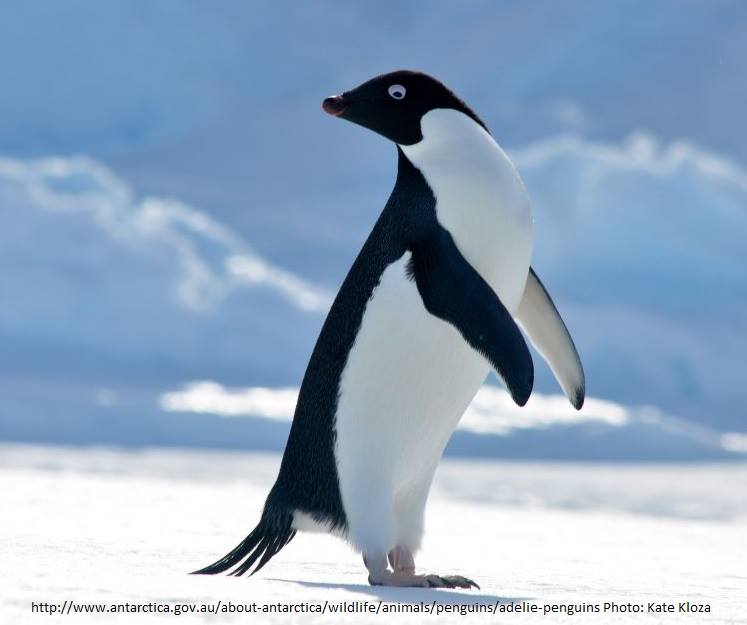
History
Jules Dumont d’Urville led the French Antarctic expedition in 1840 and named Adélie Land, in Antarctica, after his wife, Adéle. Scientists on his expedition also applied the name to the penguins that they observed there.
George Murray Levick, a scientist with the 1910-13 Scott Antarctic Expedition is the only scientist to this day to have studied an entire breeding cycle of these penguins.
As a proper Edwardian English gentleman he was shocked by their sexual activity, which included auto-erotic behaviour, necrophilia, sexual coercion, sexual and physical abuse of chicks and homosexual activities.
The paper he wrote about their sex lives was considered too risqué for the times and disappeared for over a hundred years until a copy of it was unearthed quite recently.
Adélie penguins are one of only four species of penguins that live on the Antarctic continent. The others are the emperor, gentoo, and chinstrap penguins. You can tell an Adelie from other types of penguin by the white ring around their eyes.
Breeding
The Adelie penguin is the smallest and most widespread penguin in the Antarctic. Weighing 3–6 kg with a height of up to 70 cm, (7 to 13 lbs and 18 to 30 inches in height), males and females are very similar in appearance.
They build nests out of the pebbles they find on dry land and usually lay two eggs, sometimes three but generally only one chick will survive, Both parents take turns looking after the eggs, while one stays to keep the eggs warm the other goes to get food. The parent who stays survives off its own fat.
They tend to return to the same rookery every year with the oldest rookery (breeding ground) so far discovered dating back more than 6000 years.
Diet
From fossilised eggshells we also know that for the last 38,000 years the Adelie penguins fed mainly on fish but two hundred years ago they switched to eating mainly krill (small prawn-like crustaceans) as well as squid and some fish. Why should this be so?
The theory is that the decimation of the Antarctic Fur Seal in the late 1700s by sealers and the slaughter of Baleen Whales in the twentieth century resulted in an abundance of krill and an easier source of food for the Adelie penguins.
Like other birds, the Adelie Penguins don’t have teeth but instead have tooth-shaped barbs on the roof of their mouths and on their tongue to assist them to swallow their prey.
The Adelie Penguin is the most abundant of the penguins with an estimated 5 million believed to exist. Maybe that’s to be expected given their very active sex lives 😁

